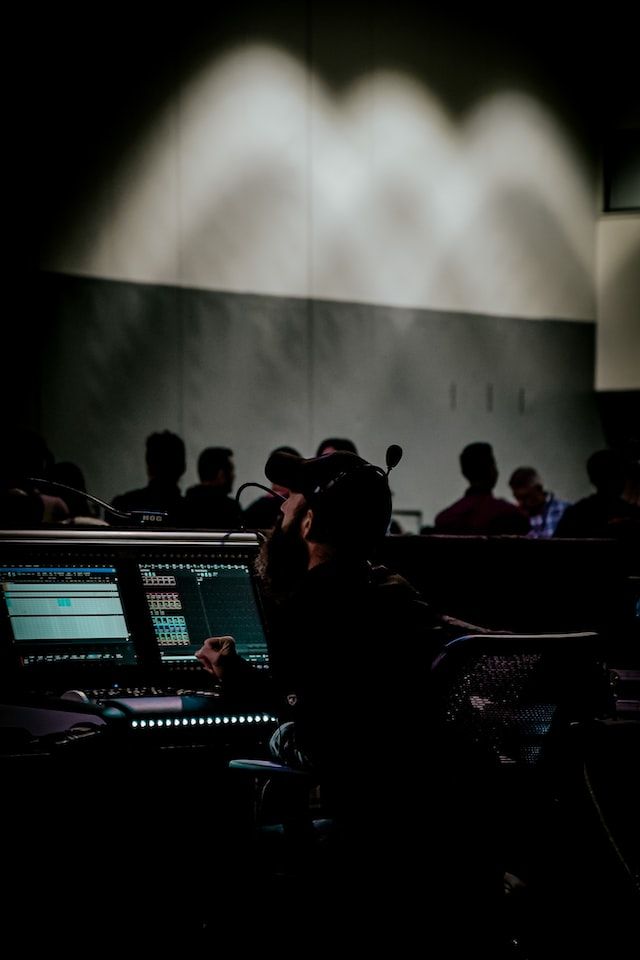The Role of Automation in Broadcasting

In recent times, broadcasting has become more automated. This shift is due to the need to make things faster, cheaper and easier for viewers. Advancements in technology have made automation more intricate and have allowed it to be used in many ways in the broadcasting industry.
One area where automation has had a significant impact is in news production. Newsrooms need to produce content quickly, correctly, and in a visually appealing way. Automation allows news organizations to automate routine tasks such as transcribing, captioning, and editing. This frees up journalists and editors to focus on more creative and analytical tasks. Additionally, automation makes it easier for newsrooms to repurpose content for different platforms, such as social media, without having to manually edit and adapt each piece.
Another area where automation is being used is in live sports broadcasts. In sports broadcasting, automation is used to track player and ball movements, analyze statistics, and create real-time graphics. This allows broadcasters to provide viewers with more in-depth analysis and insights into the game, enhancing the viewing experience. Automation has also enabled broadcasters to generate highlights and replays quickly, making it easier to provide viewers with the most exciting moments from the game.
Automation is also being used to personalize content for audiences. Broadcasters use artificial intelligence to analyze viewers' viewing history and preferences to recommend content that is tailored to their interests. Additionally, broadcasters use automation to create more immersive experiences for viewers, such as augmented reality graphics and interactive features.
Despite these benefits, there are also some challenges associated with automation in broadcasting. One challenge is ensuring that automation does not replace human creativity and expertise. While automation can perform many routine tasks, it cannot replace the creativity and judgment of human journalists, editors, and producers. Another challenge is the need to ensure that automation is accurate and reliable. Errors in automation can have serious consequences, particularly in areas such as live news broadcasts and sports events.
Automation is playing an increasingly important role in the broadcasting industry. It is being used to make things faster, cheaper and easier for viewers. While there are challenges associated with automation, its benefits are clear, and it is likely that we will continue to see further developments in this area in the years to come.
